Understanding How Oral Cancer is Checked
Oral cancer is a serious health concern in the United States, with thousands of new cases diagnosed each year. Early detection plays a crucial role in improving outcomes and survival rates. But many people wonder, how do they check for oral cancer? This article explores the step-by-step process medical and dental professionals use to screen for and diagnose oral cancer, helping readers feel informed and prepared for their next appointment.
1. Initial Visual and Physical Examination
The first step in checking for oral cancer typically involves a thorough visual inspection of the mouth, lips, tongue, cheeks, floor of the mouth, and throat by a dentist or healthcare provider. During this exam, the clinician looks for unusual lesions, lumps, white or red patches, ulcers, or any abnormalities that do not heal within two weeks.
They will also palpate the neck and jaw areas to feel for swollen lymph nodes or lumps, which could indicate the spread of cancerous cells. This hands-on exam is non-invasive, quick, and painless but extremely important as many early-stage oral cancers present subtle signs that can be missed without professional inspection.
2. Detailed Patient History and Symptom Review
Doctors will ask about risk factors such as tobacco use, alcohol consumption, HPV infection, sun exposure (for lip cancers), and family history. They will also inquire about symptoms like persistent mouth sores, difficulty swallowing, unexplained bleeding, numbness, or changes in voice or speech. This information helps target the examination and guides further testing.
3. Use of Specialized Screening Tools
Many dental clinics in the U.S. now use adjunctive screening technologies to detect suspicious oral tissue more effectively. Common tools include:
3.1 VELscope
VELscope is a handheld device that emits a blue light, making abnormal tissues fluoresce differently than healthy tissues. This assists dentists in spotting lesions invisible to the naked eye during a routine exam.
3.2 Toluidine Blue Stain
This special dye is applied to the mouth lining and stains areas that may contain abnormal or cancerous cells, guiding where biopsies should be taken.
4. Biopsy: Confirming the Diagnosis
If the dentist or doctor identifies suspicious lesions, the definitive diagnosis is made through a biopsy. This involves removing a small tissue sample from the affected area and sending it to a pathology lab for microscopic examination.
Biopsies can be performed in several ways depending on lesion size and location:
- Incisional biopsy: Only a portion of the lesion is removed for testing.
- Excisional biopsy: The entire lesion is removed, often used if the lesion is small.
- Brush biopsy: Cells are collected from the lesion surface with a brush; this is less invasive but may require follow-up if abnormal cells are detected.
The pathology report will reveal if the cells are cancerous, and if so, the stage and aggressiveness of the cancer, which guides treatment planning.
5. Imaging Tests for Staging
Once cancer is confirmed, imaging studies such as CT scans, MRIs, PET scans, or X-rays may be ordered. These images help doctors determine the size of the tumor and whether it has spread to lymph nodes or other areas. Understanding the stage of cancer is essential to deciding the best course of treatment.
Real-Life Story: Early Detection Saves Lives
Jessica, a 45-year-old teacher from Texas, noticed a persistent white patch on her tongue that wouldn’t heal. She initially thought it was a minor irritation, but after visiting her dentist for a routine check-up, the lesion caught the dentist’s attention. Using a VELscope exam followed by a biopsy, Jessica was diagnosed with early-stage oral cancer.
Because the cancer was detected early, she underwent a successful surgery combined with targeted therapy. Jessica now advocates for regular oral cancer screenings and emphasizes how routine dental visits can be life-saving.
Preventive Tips and When to See a Specialist
Regular dental visits are vital since oral cancer screenings are often included in routine cleanings. Individuals with high-risk factors, such as smokers or heavy drinkers, should be especially vigilant. Any persistent sores, lumps, or unexplained mouth discomfort lasting more than two weeks warrant immediate professional evaluation.
For specialized care, patients in the U.S. can consult oral surgeons, otolaryngologists (ENT specialists), or oncology centers that focus on head and neck cancers. Early detection through routine checks significantly improves prognosis and treatment success.
Where to Find Trusted Oral Cancer Screening Services
For those seeking reliable and comprehensive oral cancer screening and treatment options, Dentistry Toothtruth offers expert services tailored to your needs. Their team combines advanced technology with experienced clinicians to provide thorough exams and personalized care, helping you maintain your oral health and catch potential problems early.

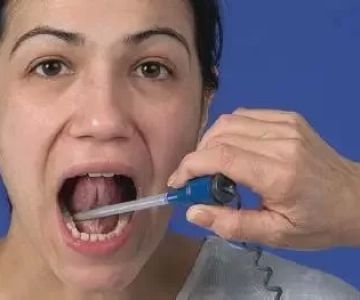

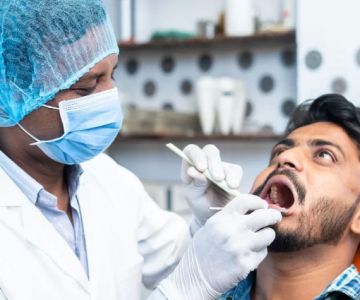
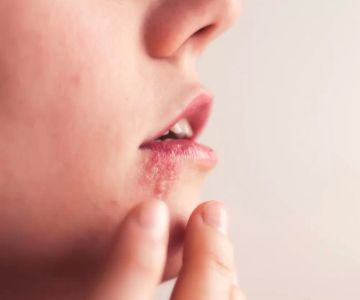
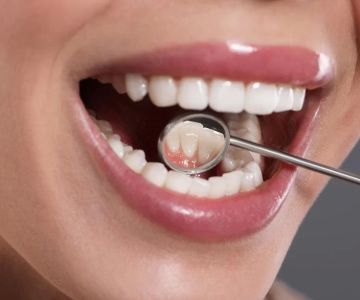
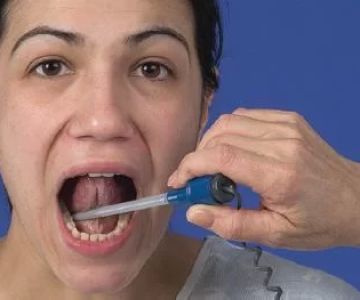
 Ridge Periodontics & Dental Implants3.0 (12 review)
Ridge Periodontics & Dental Implants3.0 (12 review) Andrew Hoffman, DMD5.0 (160 review)
Andrew Hoffman, DMD5.0 (160 review) Comfort Dental North Powers4.0 (914 review)
Comfort Dental North Powers4.0 (914 review) Bill Johnson, Dmd4.0 (36 review)
Bill Johnson, Dmd4.0 (36 review) Koch Orthodontics - Loganville5.0 (863 review)
Koch Orthodontics - Loganville5.0 (863 review)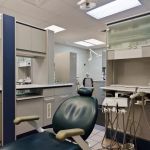 Dental Solutions Market Street4.0 (576 review)
Dental Solutions Market Street4.0 (576 review) The Importance of Oral Health Education During Pregnancy for a Healthy Pregnancy
The Importance of Oral Health Education During Pregnancy for a Healthy Pregnancy Best Tips for Brushing Your Teeth Properly for Healthy Gums: Essential Techniques for Oral Health
Best Tips for Brushing Your Teeth Properly for Healthy Gums: Essential Techniques for Oral Health Why Skipping Dental Checkups Can Lead to Bigger Oral Health Problems
Why Skipping Dental Checkups Can Lead to Bigger Oral Health Problems Advantages of Porcelain Dental Restorations
Advantages of Porcelain Dental Restorations How Can Diabetes Cause Tooth and Gum Problems? Preventing and Managing Oral Health Issues
How Can Diabetes Cause Tooth and Gum Problems? Preventing and Managing Oral Health Issues Healthy Habits for Promoting Good Oral Health and Hygiene: Tips for a Healthy Smile
Healthy Habits for Promoting Good Oral Health and Hygiene: Tips for a Healthy Smile